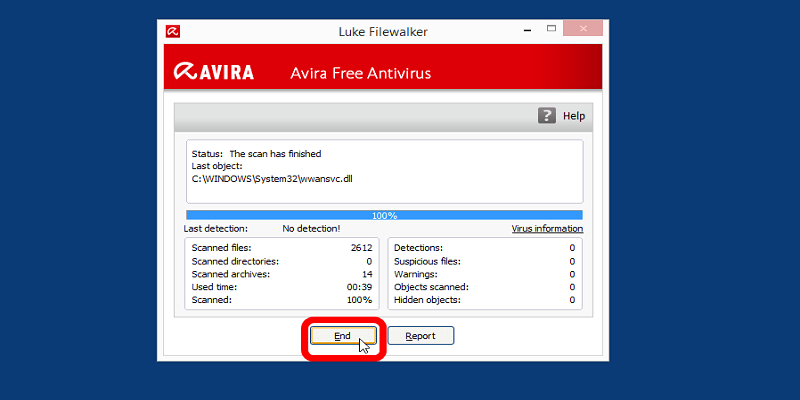
5 Advantages of Using Graph Databases for Your Business
For several years, relational databases were the go-to option for many businesses. However, these days more and more companies are making the switch to graph databases. That is because graph databases have unique advantages, unlike their predecessors, to help your business succeed in today’s technological landscape. If you are interested to know the answer to…









